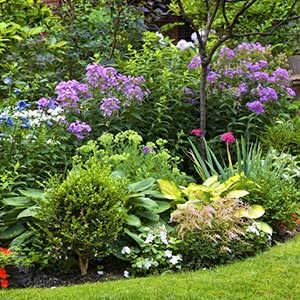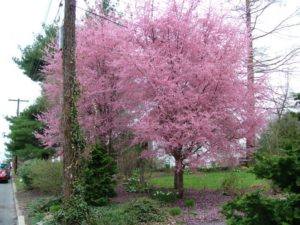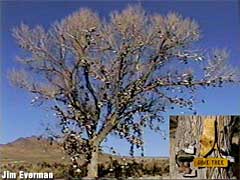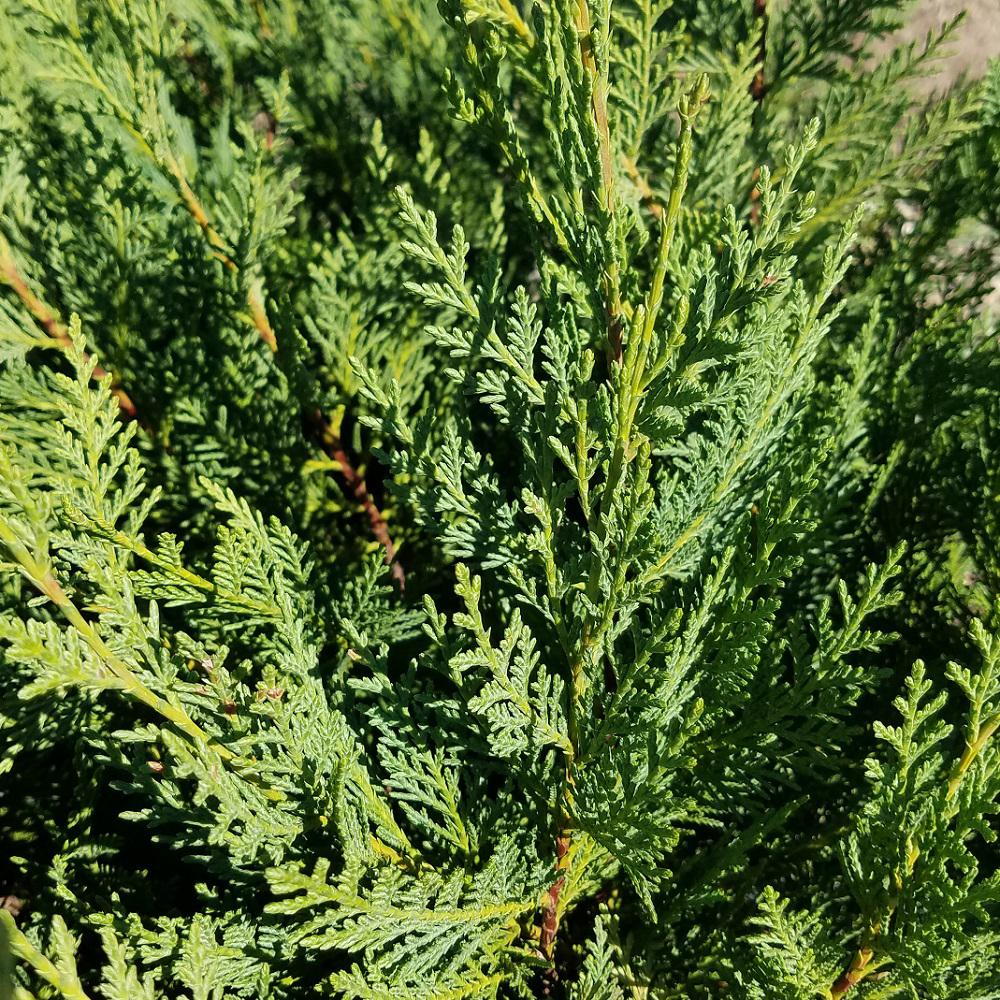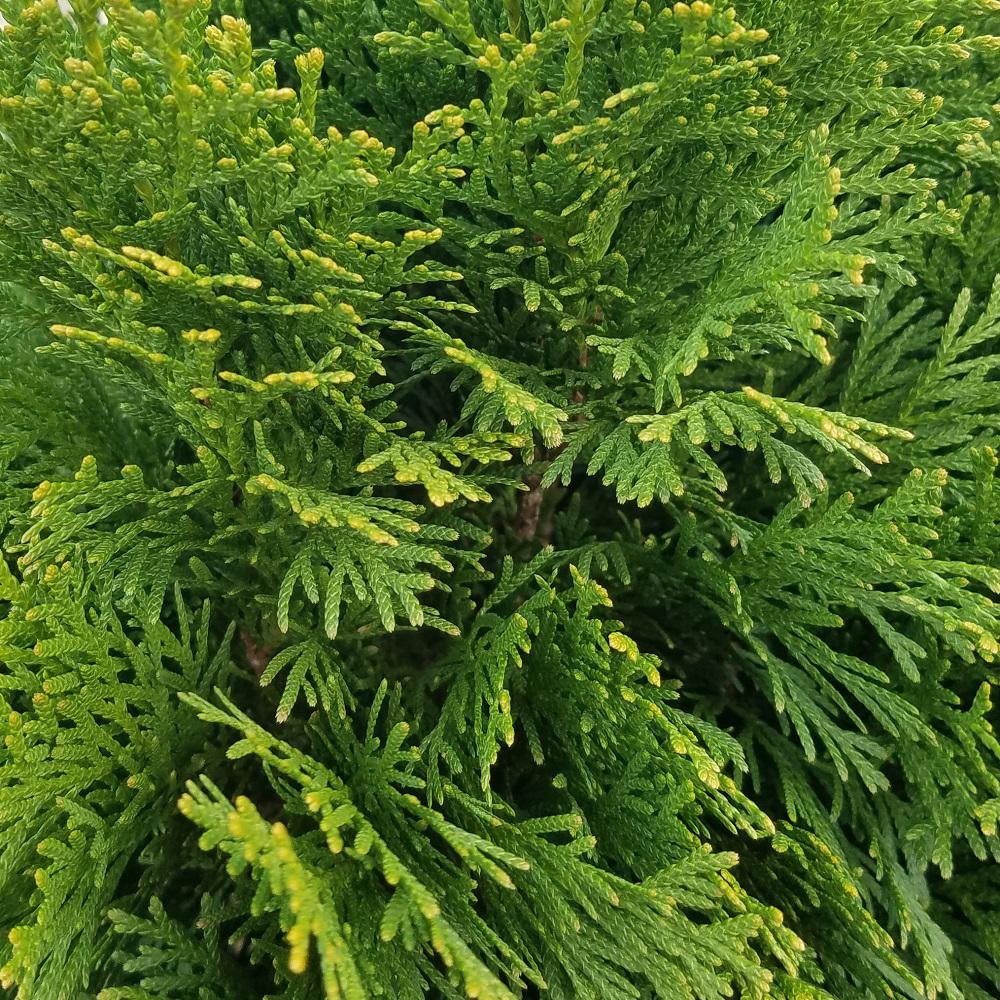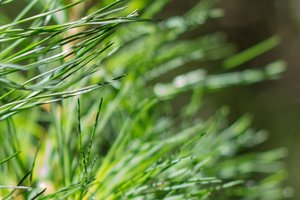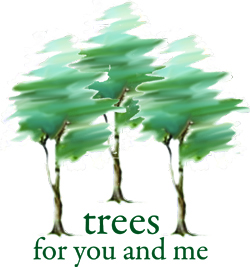Evergreen are members of the Pinaceae family and Pinus genus. Over 100 various species of evergreen can be discovered throughout The United States and Canada, Central America, South America and Canada, along with Europe, the Mediterranean and Asia.
In the state of Washington, native pine trees consist of the Western White pine (Pinus monticola), Whitebark Pine (Pinus albicaulis), Ponderosa Pine (Pinus ponderosa) and the Lodgepole Pine (Pinus contorta).


In Some Cases Citrus Trees Require Treatments From Vermin

The Western White Pine grows up to 160 feet and has pale brown, soft, carefully grained wood. The tree's blue https://sites.google.com/site/treeservicefacts/ green needles grow in clusters of 5 approximately four inches long. These big trees have a long and slender cone that can grow up to 15 inches in length. The tree, which is discovered at elevations from water level to 7,000 feet, prefers wet, abundant soil.
Whitebark Pine, likewise referred to as the Scrub Pine, Creeping Pine and Pitch Pine, is found in high elevations and can grow to almost 90 feet in height. The tree's needles appear in clusters of five, and it's cone varieties in size from approximately 2.5 inches to over 4.5 inches long. The Whitebark Pine can have a shrub-like appearance. Its shape can likewise be affected by the wind.
The Ponderosa Pine, likewise referred to as the western yellow pine, yellow pine, bull pine and blackjack pine, has soft fine-grained dark brown to reddish-brown wood. The Ponderosa can reach heights of over 200 feet. Its dark yellow-green needles grow in clusters up to 11 inches long and its cones mature to 6 inches long. Ponderosa pines can be discovered in lots of big gardens and parks.
Lodgepole Pines occupy mountain regions and seaside areas. The Lodgepole can grow as either a shrub or tree. Numerous subspecies are utilized in landscaping and gardens. The tree requires full sunshine for development and does finest in moist, well-drained sandy soils. Its needles grow in clusters approximately 3 inches in length.
Non-native pines that do well in this region consist of the Pinus Flexilis "Cesarini Blue" and the Vanderwolf Pine. They are utilized in landscaping, gardening and as personal privacy trees. The Cesarini Blue requires complete sun and can be kept little and thick with regular pruning. Asymmetrical in appearance, it can grow up to 14 feet in height with a 7 foot spread.
The Vanderwolf Pine, known for its pyramid shape and soft blue-green needles that appear to radiance in the sun, matures to 30 feet in height with a 15 foot spread. The Vanderwolf does well completely sun but can likewise tolerate partial shade.
If you are thinking about purchasing evergreen trees for personal privacy screening, a pine such as a Pinus Flexilis "Cesarini Blue" or Vanderwolf Pine might be a good option. Before choosing a tree, get advice from a big trees professional from a credible tree arborist about which would be the very best trees to transplant for your location and soil.
Do you require to remove a pine tree from your residential or commercial property? A huge trees expert can describe your choices, consisting of having the tree "saved" by doing a tree transplant totally free.











